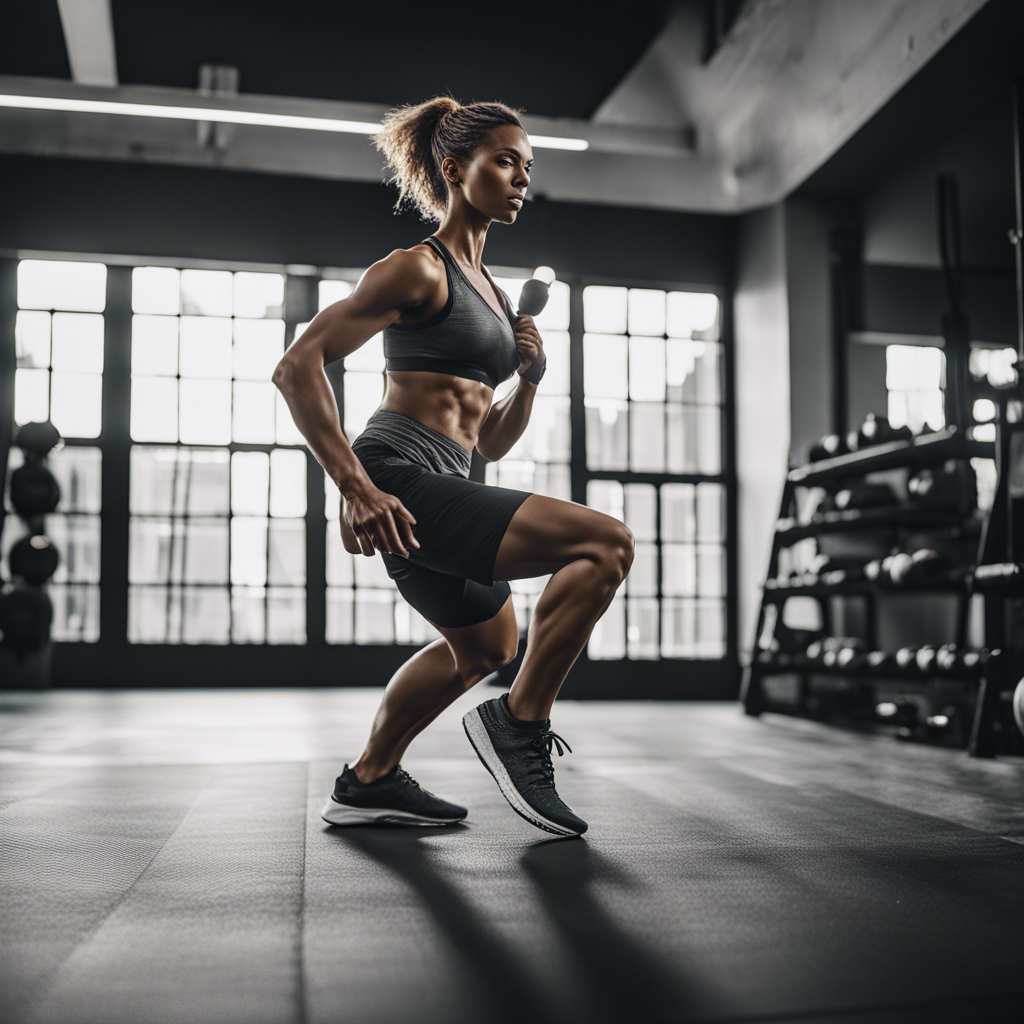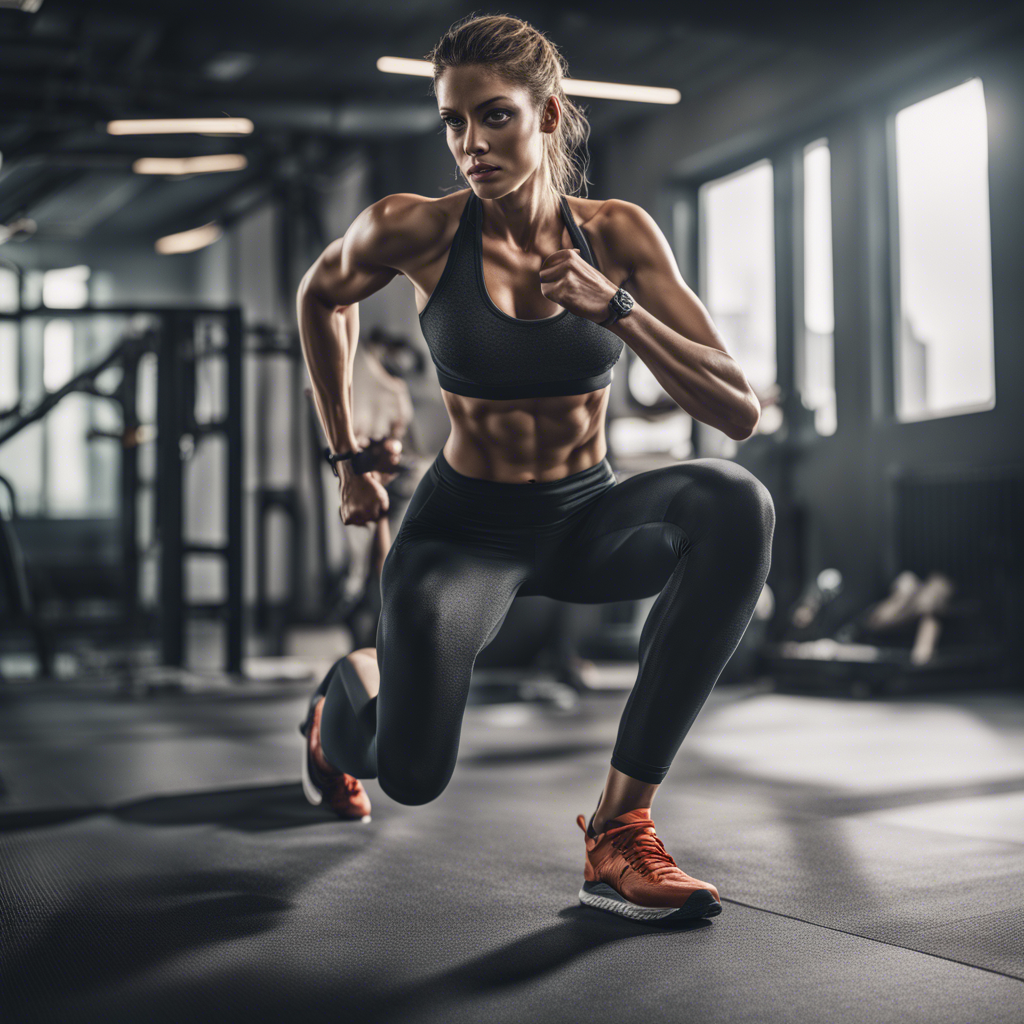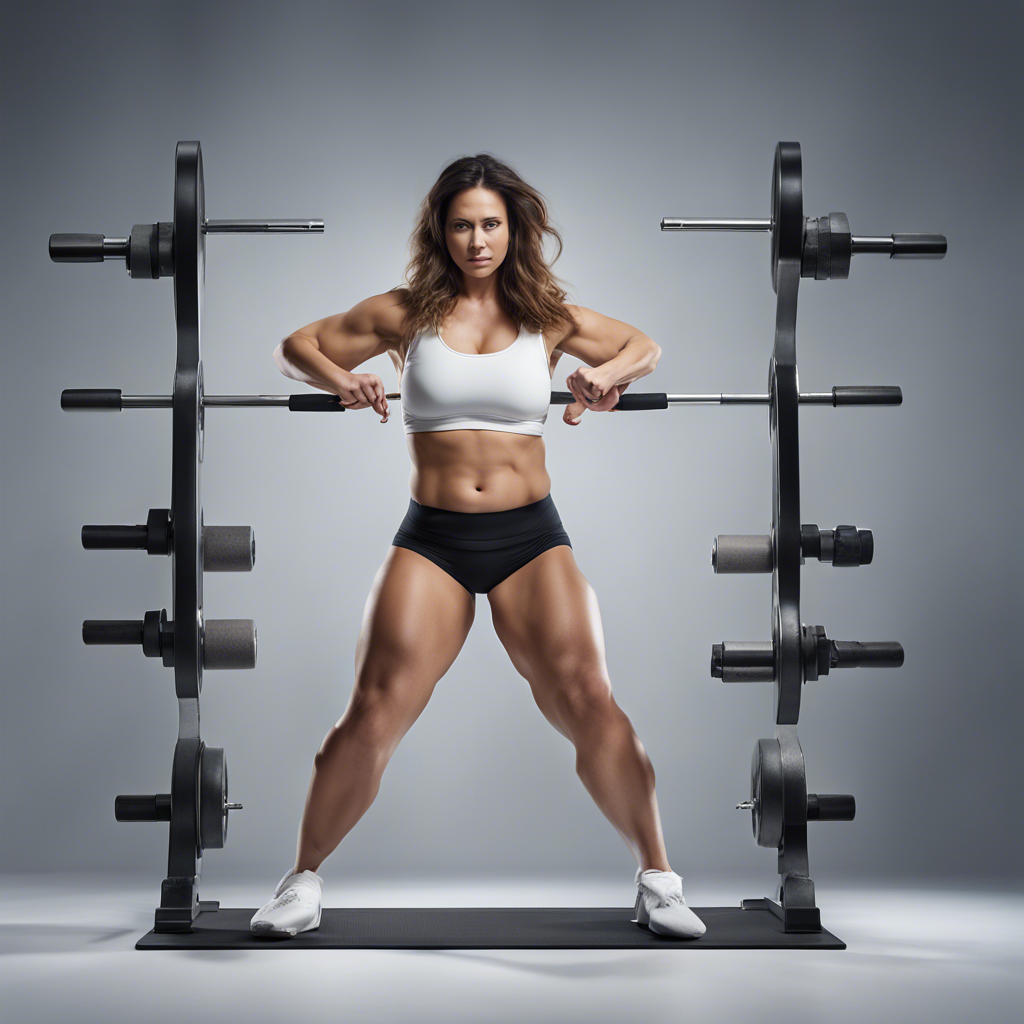7 Killer HIIT Routines to Burn 500 Calories Without Leaving Your Living Room
In today’s fast-paced world, finding time to hit the gym daily can be a daunting task. Fortunately, high-intensity interval training (HIIT) offers an efficient solution for those of us looking to maintain a regular exercise routine without leaving the comfort of our living rooms. HIIT workouts at home are not only convenient but have been proven to burn significant amounts of calories in short bursts, making them incredibly effective for weight loss and overall fitness.

The essence of HIIT lies in its ability to combine high-intensity exercise with short recovery periods, effectively increasing your heart rate and boosting metabolism. This form of training can be tailored to fit any fitness level, requiring minimal or no equipment, making them perfect for living room workouts. Whether you’re a fitness enthusiast or a beginner, these 7 killer HIIT routines will help you burn 500 calories and achieve your fitness goals without stepping out of your home.
Understanding HIIT Workouts at Home
The Basics of HIIT
HIIT, or High-Intensity Interval Training, is designed around alternating intense bursts of activity with fixed periods of less-intense activity or rest. The goal is to push your limits with short, explosive movements followed by a brief period of recovery. For example, a typical HIIT session may involve performing an intense exercise like burpees for 30 seconds, followed by 15 seconds of rest. This cyclical pattern is repeated several times to maximize calorie burning.
Due to its adaptability, HIIT can be customized with various exercises to fit your fitness level or specific goals. It is important to focus on quality over quantity, ensuring each move is executed with proper form to prevent injury and maximize effectiveness. Incorporately different movements to target various muscle groups not only boosts your overall fitness but also helps in better calorie expenditure.
Benefits of HIIT for Weight Loss
The primary benefit of HIIT is its efficiency in burning calories. Research indicates that with HIIT, you can burn 25-30% more calories than you would during a standard exercise routine of the same length. The high-intensity nature of these workouts causes your body to burn calories even after the session ends, a phenomenon known as afterburn effect or EPOC (Excess Post-Exercise Oxygen Consumption).
Besides calorie burn, HIIT is also effective in increasing metabolic rate, improving cardiovascular health, and enhancing muscle tone. For people with busy schedules, HIIT offers the flexibility to tailor workout times to personal convenience while still reaping substantial health benefits, all within the confines of their living room.
Necessary Considerations Before Starting
Before diving into a HIIT workout, it’s essential to consider your current fitness level and any underlying health conditions. Beginners are advised to start slowly, focusing on mastering each movement’s form and gradually increasing intensity and duration. Adequate warm-up before the session and proper cool-down afterwards are vital to prepare the body for rigorous activity and promote recovery.
Additionally, ensure you have a clear and spacious area in your living room to perform the exercises safely. Wearing proper workout attire and footwear also contributes to a productive and injury-free exercise session. Remember, quality trumps quantity when performing any HIIT routine.
7 High-Intensity At-Home Exercise Routines
No-Equipment HIIT Workout
This no-equipment HIIT workout is perfect for those who haven’t yet stocked up on home gym essentials. You will cycle through a series of bodyweight exercises, including squats, lunges, push-ups, and planks, designed to engage multiple muscle groups and keep the heart rate elevated. A sample routine might look like this: 30 seconds of squats followed by 15 seconds rest, immediately transitioning to lunges, and repeating this circuit for about 20 minutes.
What makes this particular routine effective is its reliance on bodyweight exercises, ensuring you can perform the workout effectively even with limited space. The aim is to maintain as high intensity as possible without sacrificing form, ensuring each move contributes towards burning those 500 calories.
Tabata-Inspired Living Room Circuit
Inspired by the Tabata method of training, this circuit comprises eight rounds of intense activity for 20 seconds followed by a 10-second rest interval. Exercises like high knees, mountain climbers, and burpees are excellent for fast-paced intervals, helping torch calories rapidly. Set a timer and dive straight into 4-minute Tabata circuits, aiming to complete multiple rounds with 1-minute rests in between each circuit.
The short, intense nature of Tabata is not only efficient in maximizing calorie burn but also helps improve your anaerobic threshold. This routine is particularly beneficial for those looking to squeeze a substantial workout into a short time span.
Total Body Burner
The total body burner focuses on engaging every major muscle group. Begin with a 5-minute warm-up of jumping jacks or jogging in place, progressing into a circuit that includes exercises like jump squats, push-up variations, and plank jacks. Each exercise should be performed for 40 seconds with a 20-second active rest, such as marching in place.
This HIIT routine’s comprehensive approach ensures you’re working out all parts of your body, maintaining an elevated heart rate throughout. The varied exercises keep the workout dynamic, reducing monotony while ensuring you continue to efficiently burn calories.
Reaping the Benefits of Bodyweight HIIT Routines
Strengthening Core Muscles
Incorporating core-focused movements like Russian twists, bicycle crunches, and planks into your HIIT sessions is crucial for strengthening core muscles. A strong core improves stability, enhances athletic performance, and reduces the risk of injury. Consider a core circuit consisting of 3-4 exercises performed back-to-back with limited rest to amplify muscle endurance and calorie burn.
Maintaining an engaged core throughout your workout not only maximizes effectiveness but also encourages better posture and balance, proving advantageous in everyday activities beyond the workout space.
Integrating Cardio Pulses
Effective HIIT exercises often integrate cardio pulses, which are short, explosive movements designed to spike your heart rate quickly. Activities such as squat jumps, burpees, and skater jumps are staple moves in this category. Integrating these into your at-home exercise routine will amplify your calorie-burning capacity while simultaneously enhancing cardiovascular health.
By combining cardio pulses with strength movements, you create a comprehensive living room workout that targets both aerobic and anaerobic systems, unleashing the full potential of your bodyweight HIIT routines.
Combining HIIT with Flexibility
Flexibility is an often overlooked aspect of fitness. Incorporating flexibility exercises such as yoga or dynamic stretching can be beneficial before and after your HIIT routines. Activities like forward folds, hip openers, and spinal twists aid in mobility and recovery, ensuring your muscles remain supple and robust.

Frequently Asked Questions
What is the typical duration for a HIIT workout?
The duration of a HIIT workout can range anywhere from 15 to 30 minutes, including warm-up and cooldown. The actual high-intensity portion may last between 4 to 20 minutes, depending on the specific routine and fitness level. The focus should be on maintaining high-intensity efforts during the active periods for maximum benefit.
Can beginners do HIIT workouts at home without equipment?
Absolutely! HIIT workouts can be easily adapted to suit beginners. Start with simple exercises like marches, knee raises, and modified squats. Focus on mastering correct techniques and gradually increase intensity and duration as your fitness improves. Listen to your body, and don’t hesitate to take extended rest if needed.
How often should I do HIIT workouts for weight loss?
For optimal weight loss results, it is advisable to perform HIIT workouts 3 to 4 times per week, ensuring there is a day of rest or light activity in between each session. This schedule helps prevent overtraining and allows for muscle recovery and growth, making your workouts more effective.
What should I eat before and after a HIIT workout?
Consume a light meal or snack containing easily digestible carbohydrates and protein, 30 minutes to an hour before your HIIT session for sustained energy. Post-workout, focus on recovery with a meal containing protein to aid muscle repair and carbohydrates to replenish glycogen stores. Hydration is also key before and after your workout.
Can HIIT routines be modified for people with joint problems?
Yes, HIIT routines can be adjusted for individuals with joint issues by incorporating low-impact exercises. Instead of jumping movements, try variations like step-touch, modified lunges, or wall push-ups. Always prioritize proper form and listen to body cues to avoid exacerbating any joint discomfort.
Conclusion: Maximizing Your At-Home Workouts
Burning 500 calories a session through living room workouts is attainable with these effective HIIT routines. The key is embracing consistency and continuously challenging yourself within the safe confines of your home. As you progress, tweak intensity levels, introduce new exercises, and integrate rest days to maintain motivation and avoid burnout.
Remember that successful weight loss and fitness improvements hinge not only on exercise but also on maintaining a balanced diet and healthy lifestyle. Combining these elements creates a sustainable path towards achieving your health goals without the need for expensive gym equipment or memberships.
Whether you choose a quick Tabata circuit or an elaborate total body workout, the flexibility of HIIT allows you to design a personalized at-home exercise routine that fits your schedule, preferences, and fitness aspirations.
- Beginner-Friendly HIIT Workout at Home: A Step-by-Step Guide
- Top 10 Calorie-Burning Exercises You Can Do in Your Living Room
- How to Design a Personalized HIIT Routine for Weight Loss



